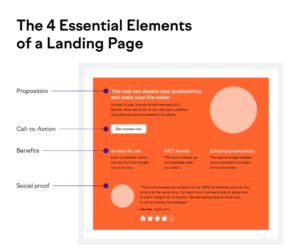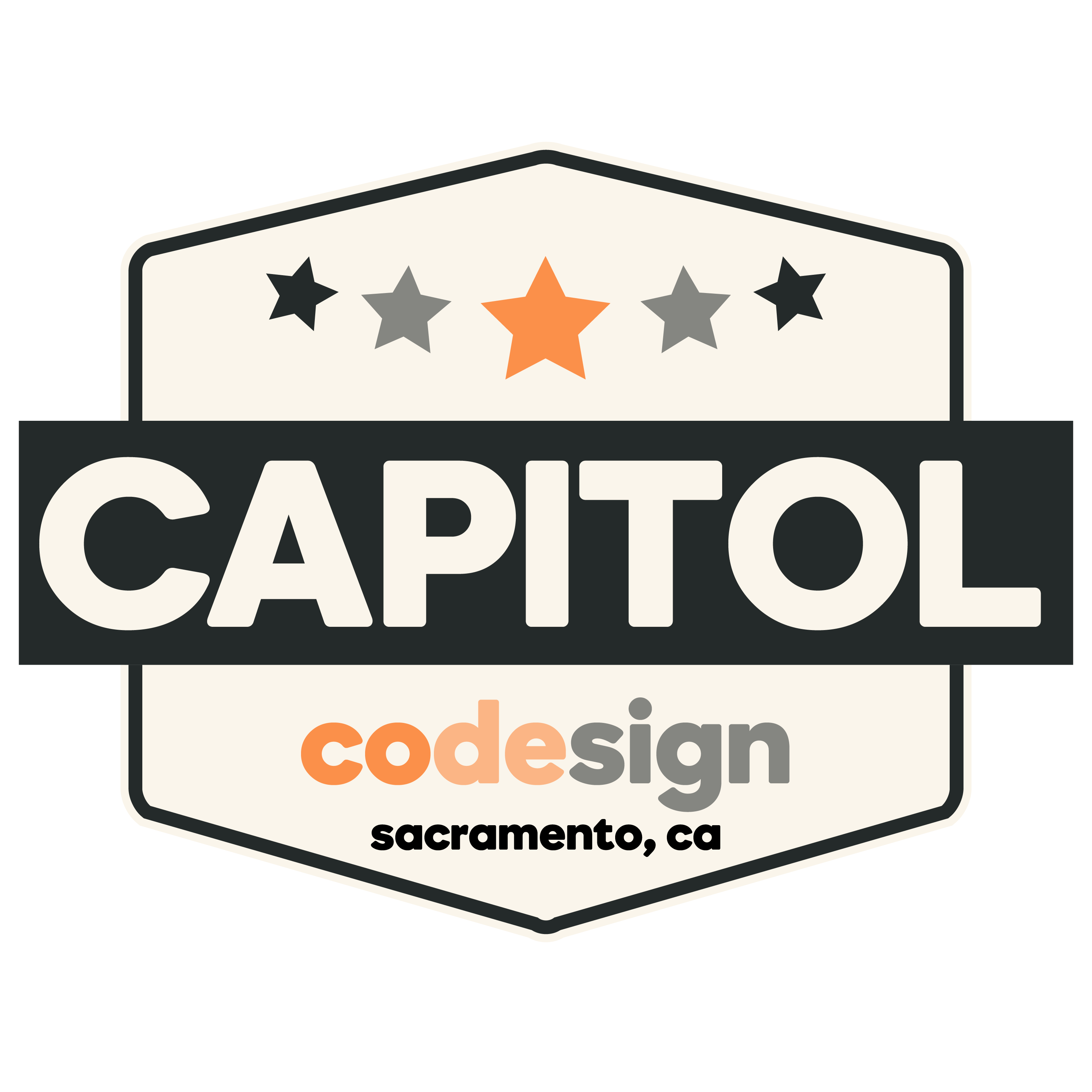Online marketing is common across all industries and businesses, and marketing professionals often use landing pages and websites as part of their marketing strategy. A landing page and website may seem similar, but they have separate functions. Knowing the purpose of a landing page versus a website as well as other differences between the two can help you succeed in marketing.
What is a landing page?
A landing page is a variation of a website page, and it often has minimal content with a specific purpose. An internet user activates a landing page when they click on a certain origin, like a link from an email or social media post.
While landing pages are not primary web pages, they can exist in the same domain name. Landing pages turn traffic into conversions because they encourage a customer who clicked on an advertisement to further interact with a brand. This customer is often already considering the offer, and they can learn more about the offer and how to get it.
What is a website?
A website is an online set of connected digital pages detailing your business, organization or company. An effective website has a simple, user-friendly layout and multiple navigation selections for visitors to use. It informs and empowers consumers to learn more about a brand and typically includes everything that relates to a business.
Websites often act as introductions to organizations or brands. They tell users about the company’s offerings and share background information, like corporate history, organizational charts, employee spotlights, contact information and more. Some specific web pages you can find on a website include:
-
About page
-
Services or products page
-
Contact page
-
Careers page
-
Policies page
-
Returns page
-
Subscriptions page
-
FAQs page
-
Blog or News page
What are the key differences between a landing page and a website?
Here are a few key differences between a landing page and a website:
 Focus
Focus
Websites focus on exploration across all aspects of an organization’s online presence. For example, you can use a website to tell a company’s story, describe a product or service, improve search engine optimization efforts and appeal to customers through mission statements and values.
A landing page is useful for fulfilling the goals of a specific marketing campaign or call to action. It has a stronger intent to create customer conversion through persuasion.
Customization
A landing page provides the owner with the ability to customize a visitor’s experience. On this kind of page, the owner can display a specific promotion or discount and attract different customers through targeted market segments.
A website often has a general design to appeal to a larger number of users. Website visitors always view the same pages as their fellow visitors with little built-in customization.
Audience targeting
A customized landing page allows you to target a particular audience. For example, an online shoe retailer can create landing pages for women’s sneakers, men’s sneakers, and children’s sneakers or break it down further by brand, price or style.
Websites appeal to a broader audience to be valuable to new or returning customers, so messages are often generic and lead to other parts of a website for more exploration. They inform and direct traffic, particularly since it can be challenging to understand the unique goal of each visitor.
Conversion rate
Depending on the strategies you implement, you may see higher conversion rates for one landing page than for any one webpage on your website. The number of sales or email sign-ups you get may be higher on a landing page because its sole purpose is to increase conversions. You can design the pages of your website as a whole to serve as more informative or educational material.
Choice
A website offers more choice for the visitor to navigate through tabs or menu drop-downs since its goal is exploration. A landing page has fewer choices and may direct customers to a single option. For example, a user who comes across a landing page may feel compelled to take action by clicking on a bold call-to-action button that says “Buy Now” or “Sign Up Today.”
